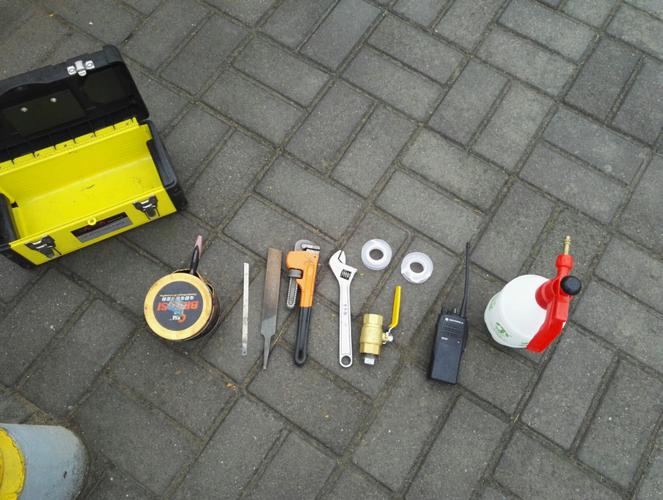API and ASME Standards Related to Valves in Petrochemical Industry
The types of valves involved in the petrochemical industry mainly include gate valves, globe valves, check valves, ball valves, plug valves, and butterfly valves. The standards related to valves are mainly included in two major systems: API (American Petroleum Institute) and ASME(American Society of Mechanical Engineers).
The commonly used standards are as follows:
API SPEC 6A Wellhead and Christmas Tree Equipment
API SPEC 6D Pipeline and Piping Valves
API STD 6FA Fire Test for Valves
API STD 594 Check Valves
API STD 598 Valve Inspection and Testing
API STD 599 Metal Plug Valves
API STD 600 Steel Gate Valves
API STD 602 Gate, Globe, and Check Valves for Size DN100 (NPS 4) and Smaller
API STD 603 Corrosion-Resistant, Bolted Bonnet Gate Valves
API STD 607 Fire Test for Quarter-turn Valves and Valves Equipped with Non-metallic Seats
API STD 608 Metal Ball Valves
API STD 609 Butterfly Valves
API RP 615 Valve Selection Guide
ASME B16.10 Face-to-Face and End-to-End Dimensions of Valves
ASME B16.34 Valves Flanged, Threaded, and Welding End
Comparison between API and ASME Valve Standards
Among them, API standards cover the requirements for valves in the petrochemical industry throughout the entire cycle from design to finished product inspection, while ASME standards mainly focus on valve material selection, temperature-pressure relationships, standard dimensions, body marking regulations, etc.
The two complement each other: API standards serve as programmatic documents, and for requirements related to materials and dimensions, they directly specify the implementation of ASME standards.
Valves play a vital role in pressure pipeline systems. Due to the wide variety of valves, complex internal structures, and relatively rich related content, it is essential to master the relevant knowledge of valves as a qualified piping engineer.

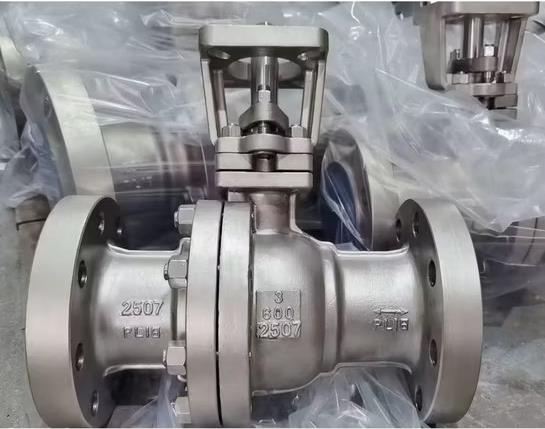
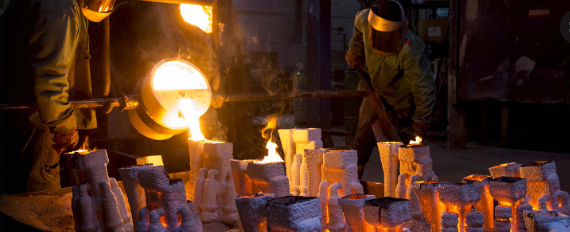
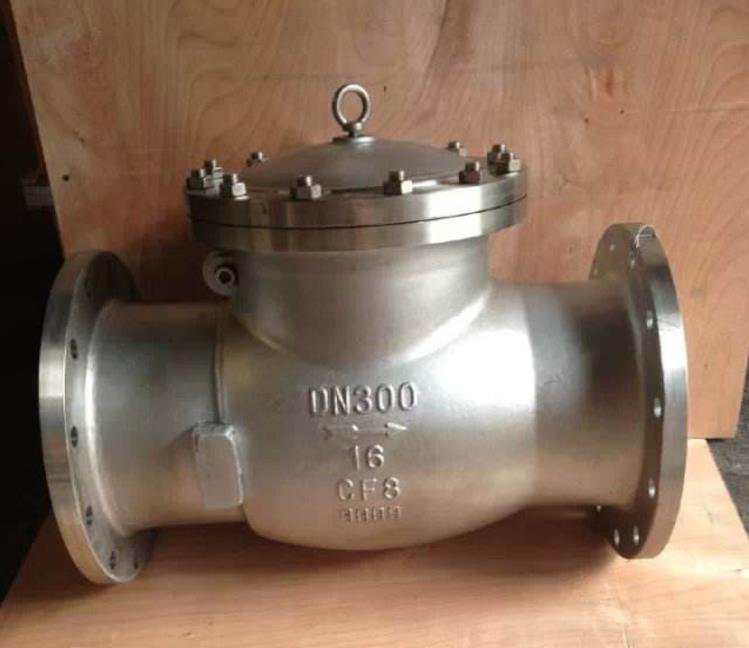
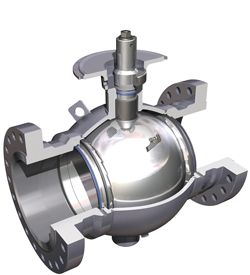
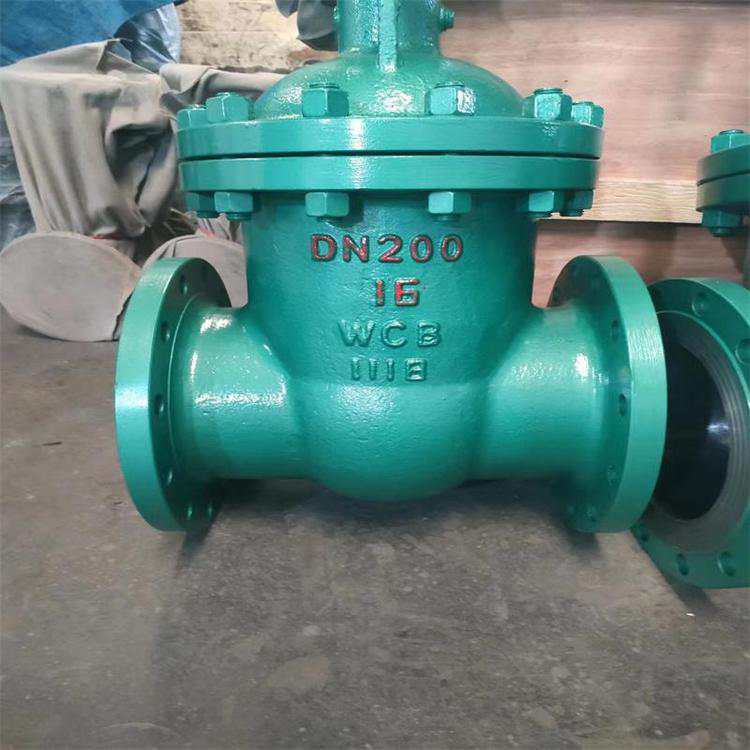
![[rank_math_breadcrumb]](https://wayvalve.com/wp-content/uploads/2025/03/non-slam-check-valve-768x934.jpg)
